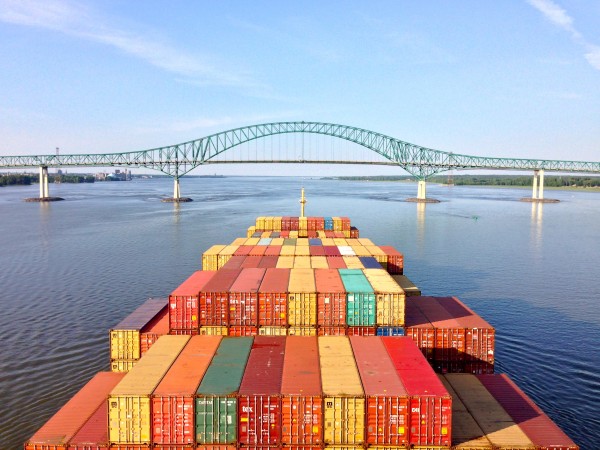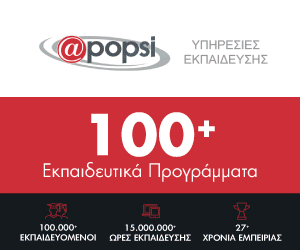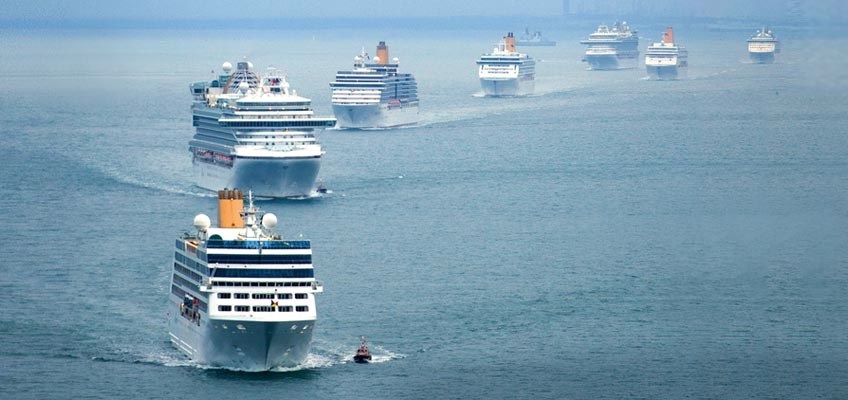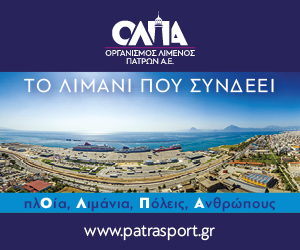Prioritizing inland waterway projects as part of a sustainable transport policy
EU member states need to prioritise inland waterway projects as part of a sustainable transport policy, according to a report by the European Court of Auditors (ECA).
However, progress in shifting freight traffic in Europe from roads to inland waterway transport has made slow progress in the past 15 years, the report has found. Projects co-funded by the European Union have not been implemented effectively, with gains made at the expense of road transport minimal.
The European Commission set inland waterways as a transport priority in 2001, in order to create a more environmentally-friendly transport system in Europe.
The report, Inland Waterway Transport in Europe: No significant improvements in modal share and navigability conditions since 2001, recommends that the effectiveness of EU-funded inland waterway projects be improved by prioritising inland waterway projects with the most immediate benefits, and that the European Commission focus its funding on projects with advanced plans for eliminating bottlenecks.
A major factor in lack of success so far has been a failure to eliminate bottlenecks in the inland waterway network.
According to the ECA, the cost of eliminating all bottlenecks in the Trans-European Network is in excess of the funding available from the EU budget.
The report states that there is a need to increase funding for inland waterways through national or private sources.
Last month, several European transport organisations, including ESPO, the European Federation of Inland Ports (EFIP) and the European Barge Union (EBU), published an open latter highlighting concerns over possible funding cuts to transport infrastructure.
In addition, the report recommends that the European Commission analyse the potential market benefits of inland navigation, and co-ordinate the implementation of core TEN-T networks across member states, agree specific objectives to eliminate bottlenecks and strengthen the legal base of reporting requirements in relation to the navigation status of the waterways, and to require member states to produce detailed national inland waterway maintenance plans.Source: safety4sea.com
Sidebar
16
Τρι, Απρ


















